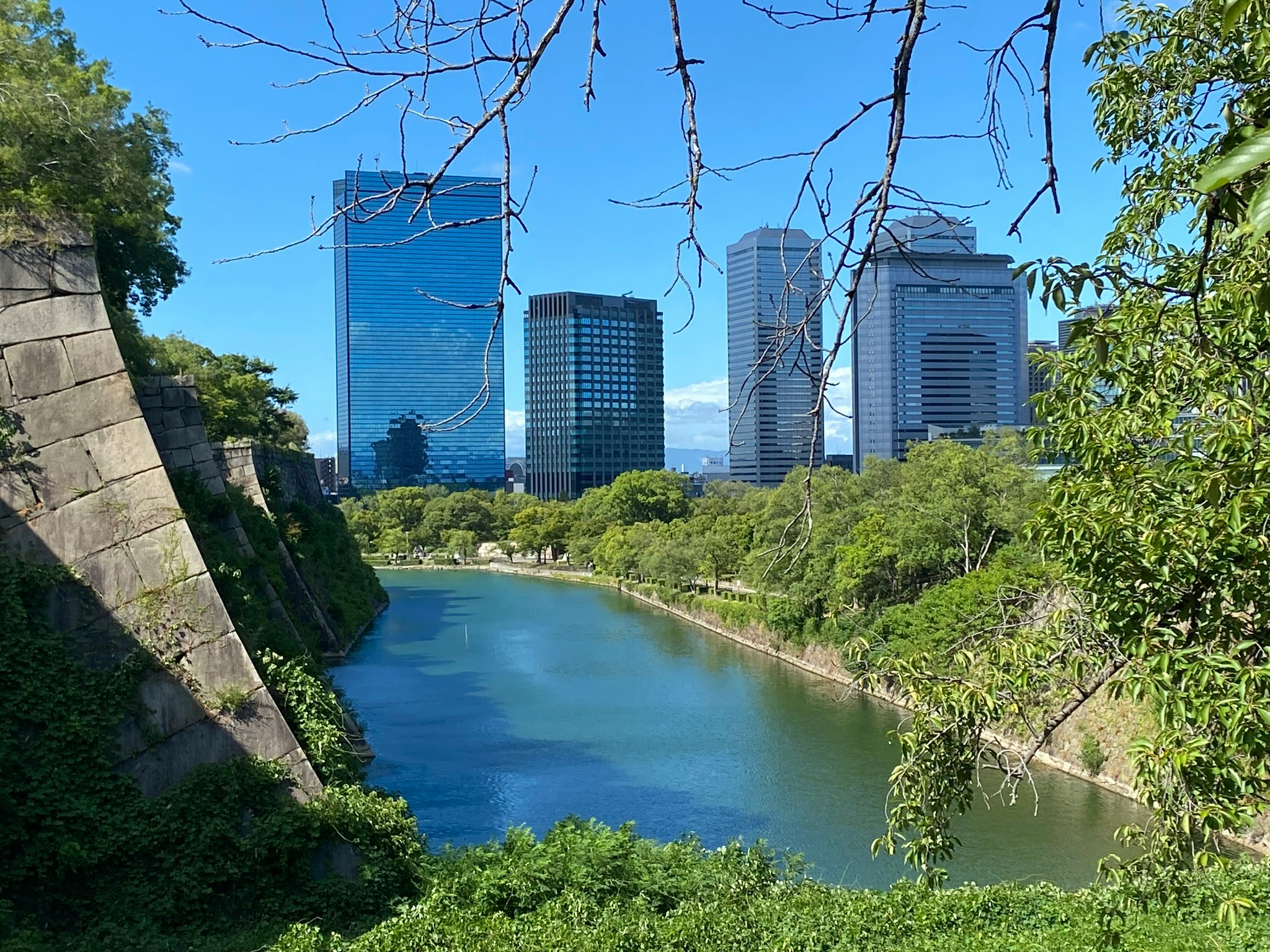Why Outdoor Spaces Matter
Studies show spending time in nature reduces stress and improves mental health. Whether you’re a homeowner planning a relaxing patio, a landscape designer tackling a small yard, or an architect specializing in multi-functional designs, there are creative ways to bring the indoors and outdoors together seamlessly.
Key Architectural Principles for Outdoor Spaces
Here are some fundamental architectural concepts that can guide you in designing outdoor spaces perfectly integrated with nature:
| Principle | Description |
|---|---|
| Natural Materials | Use wood, stone, or bamboo to complement the outdoor surroundings. |
| Open Floor Plans | Integrate indoor and outdoor spaces by adding large glass doors or open layouts. |
| Vertical Gardens | Maximize limited space by installing greenery on walls. |
| Biophilic Design | Focus on design elements that mimic natural patterns or include water features. |
| Natural Light | Position windows and openings to enhance sunlight and views. |
| Low Maintenance | Use drought-tolerant plants or build features requiring minimal upkeep. |
| Multi-Functional Areas | Combine seating, cooking, and relaxing zones in compact spaces. |
| Sustainability | Repurpose materials or use energy-efficient lighting. |
Tips to Create Outdoor Spaces for Tiny Homes
Creating outdoor harmony doesn’t have to be complicated. Use these actionable tips to transform your tiny home’s outdoor space:
1. Choose the Right Furniture
Invest in versatile furniture like foldable chairs, outdoor bean bags, or benches with storage. Lightweight materials like rattan or aluminum work well for smaller spaces.
2. Define Zones
Use rugs, pavers, or planters to separate zones for cooking, lounging, or entertaining. This ensures every square foot is functional.
3. Add Greenery in Layers
Combine potted plants, vertical gardens, and hanging planters to maximize greenery without overwhelming the space. Opt for easy-to-care-for plants like succulents.
4. Use Lighting to Set the Mood
String lights, solar lanterns, or LED strips can make any space feel magical. Focus on warm-toned lighting for a cozy ambiance in the evening.
5. Include Natural Elements
Incorporate small water features, stone walkways, or wooden pergolas to create a connection with nature. Even something as simple as a fire pit can add character to your space.
FAQs
Q1. Do outdoor spaces add value to tiny homes?
A1. Absolutely! Well-designed outdoor spaces can increase property value by emphasizing liveability and usability.
Q2. What plants work best for small areas?
A2. Opt for herbs, succulents, and shrubs like boxwoods. Vertical planters help if you’re tight on floor space.
Q3. Can outdoor spaces be pet-friendly?
A3. Yes! Use materials like composite decking for durability, and create shady spots with comfortable seating for furry friends.
Final Thoughts for Creating Outdoor Spaces
Outdoor spaces aren’t just additions to your home—they’re vital for enhancing your lifestyle and connecting with the environment. Whether you’re working with a tight space or dreaming big, thoughtful architecture can turn any outdoor area into a natural retreat.
If you’re ready to take your tiny home’s outdoor design to the next level, consult with an architect or landscape designer to bring your vision to life!
Have an outdoor project in mind? Check out our full range of tips and design solutions. Click here to explore!
“`




Leave a Reply